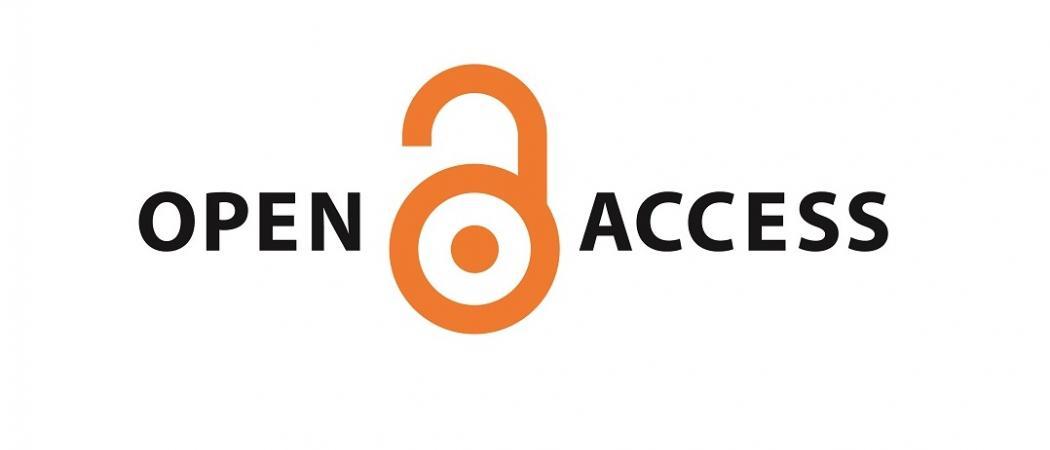Abstract
Research Article | Open Access
Volume 2024 - 1 | Article ID 220 | http://dx.doi.org/10.62057/ESJ.2024.V1.I5
ASSESSMENT OF DRUG PRESCRIPTION PATTERN IN ST-SEGMENT AND NON-ST SEGMENT ELEVATION MYOCARDIAL INFARCTION PATIENTS
|
Received 2024-05-05 |
Revised 2024-05-06 |
Accepted 2024-05-08 |
Published 2024-05-25 |
Dr. Ahmadi Banu1, Nizampuram Bhavani2, Tekulapally
Pavani Brundha3*, Vanjari Indumathi4
1.Vishnu
Institute of Pharmaceutical Education and Research, Assistant Professor, Department
of pharmacology, Vishnupur, Narsapur, Medak, India. 2,3,4. Vishnu Institute of
Pharmaceutical Education and Research, Vishnupur, Narsapur, Medak, India.
Corresponding Author: Tekulapally Pavani Brundha, Vishnu Institute of Pharmaceutical Education and Research, Department
of pharmacology, Vishnupur, Narsapur, Medak, India, Email: pavanibrundha007@gmail.com.
Citation: Dr. Ahmadi Banu1, Nizampuram Bhavani2,
Tekulapally Pavani Brundha3*, Vanjari Indumathi4 (2024).
Assessment of Drug Prescription Pattern in Patient Who were Diagnosed with ST
and Non-ST Segment myocardial infraction. Eco Science Journal.2024 1(5).
Copyrights © 2024, Dr. Ahmadi Banu. This article is licensed under the
Creative Commons Attribution-NonCommercial-4.0-International-License-(CCBY-NC)
Abstract
Background: An assessment of drug
prescription pattern in patients who were diagnosed with ST and Non-ST Segment
myocardial infarction and who met the inclusion criteria and exclusion criteria
was carried out in the Malla Reddy Narayana Multispecialty Hospital, Hyderabad.
Aim: To study drug prescription patterns
in patients with ST and Non ST- segment elevation myocardial infarction.
Methods: A prospective observational
study for a period of 5 months was conducted in the cardiology department of
Malla reddy hospital. The percentage of the data was calculated using Microsoft
Excel 2016.
Results: A total number of 55 patients
were enrolled in the study of which 36 [65%] were male patients and 19 [35%]
were female patients. The NSTEMI patients are more in number when compared to
STEMI patients. The age group between 50-70 are mostly facing MI and later
comes the 40-49 age population. While, 20- 30 years age group are seen in
exceptional cases with other diseases being main cause [ blood clots]. The
drugs prescribed for STEMI and NSTEMI in India are LIPIVAS[Statin] with 75% prescribed
for patients. Then comes the ECOSPRIN [Anti-platelet medicine] prescribed for
70% of patients, CLOPIVAS [Anti-platelet medicine] prescribed for 65% of
patients, MITNOX [Anticoagulant] for 63%, AGGXIBLOC and METODER [β-BLOCKER]
with 50% prescribed. And MAVIK [ACE inhibitor] with least i.e., 45% prescribed.
The overall prescription patterns involved in our study is satisfactory.
The objective of
present study was to formulate and evaluate bilayer tablet of Almotriptan
malate (AM) and Diclofenac potassium (DP) for the effective treatment of
migraine. The combination of almotriptan malate and diclofenac potassium is
used as almotriptan malate establishes the immediate release layer
(initialdose) and diclofenac potassium as the sustained release layer
(maintenance dose) respectively. The bilayer tablets of AM and DP was
particularly designed to minimize the risk of rebound migraine and improve the
therapeutic efficacy and to prolong the release of drug and patient compliance.
Formulation variables for immediate release layer include sodium starch
glycolate and crospovidone as super disintegrants and micro crystalline
cellulose as filer. HPMC K100, HPMC K15, was used as sustained release
polymers. The result of in-vitro release data showed that HPMC K15 and HPMC
K100 combination can sustain the drug release up to 12hrs. From these studies
HPMC K15 and HPMCK100 combination has been selected for further studies of
bilayer tablet. Almotriptan malate and diclofenac potassium bilayer tablet were
prepared by direct compression method. The hardness of the bilayer tablets was
6.30±0.17kg/cm2. The thickness of the bilayer tablets was
5.19±0.10mm. The drug content of Almotriptan malate and Diclofenac potassium
was 98.10±0.90 (SR) and 98.84±0.09 (IR). The in-vitro drug
release of bilayer tablets have Almotriptan malate immediate release was within
45minutes and Diclofenac release from the tablets was found sustained over 12
hours with Zero
order equation to analyze the release pattern of the drug from the polymeric
system. The value of “n” were in the range of 8.0454, indicating the drug
release followed Super case-II transport diffusion, possibly owing to chain
distanglement and swelling of hydrophilic polymer. The Fourier transform
infrared spectroscopy (FT-IR) analyses indicated that there was absence of any
chemical interaction between the drugs and excipients.
The results of Accelerated stability
studies showed that all parameters were within the expected specifications and
there was no significant changes observed from initial to 2month, indicating
good stability.
Thus, the objective of bilayer drug delivery system of anti-migraine drug
almotriptan malate and diclofenac potassium with sustained release profile was
achieved.
Keywords: Myocardial infarction, Cardiology society of India, Prescription pattern, ST- segment, Non ST- segment.














.png)





